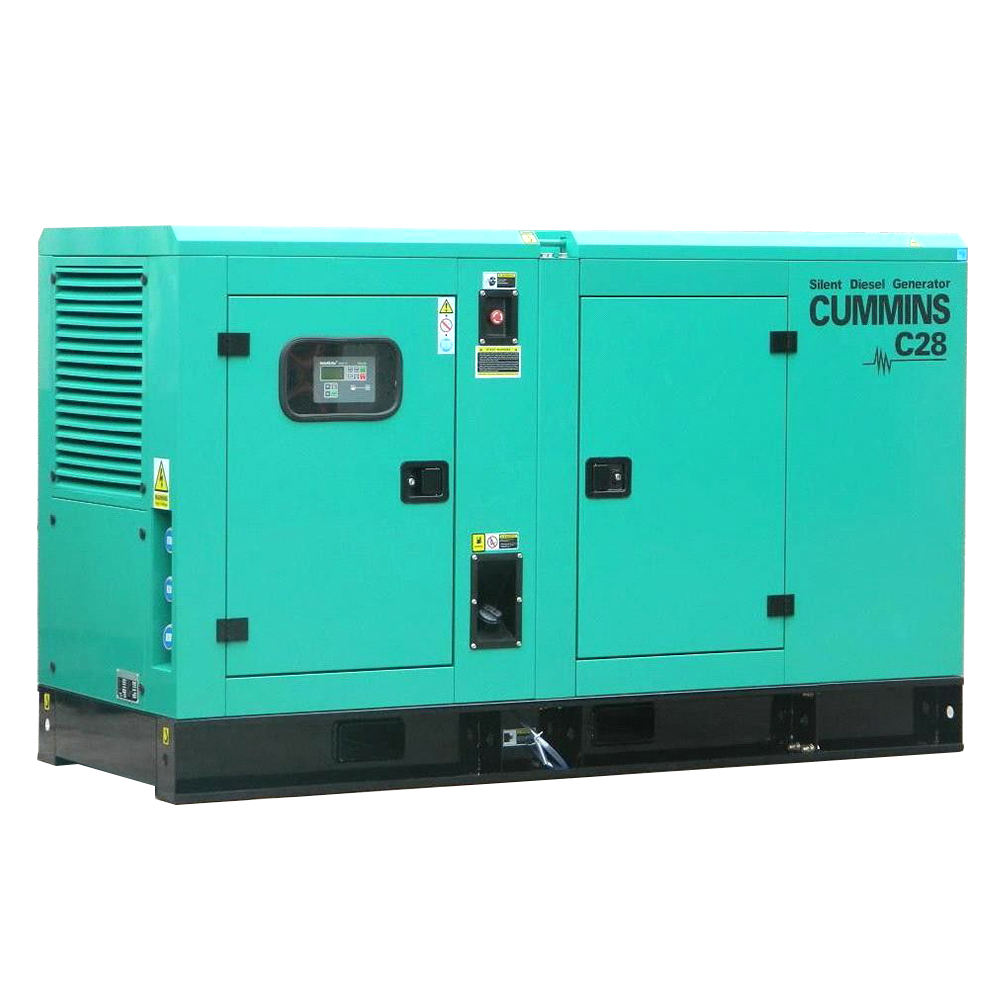
Ensuring a safe and productive learning environment is paramount for any educational institution. Uninterrupted power is a critical component of this environment. Power outages can disrupt classes, compromise security systems, and impact essential services like lighting, heating, and cooling. Therefore, understanding educational facility generator set requirements and solutions is crucial for administrators and facility managers. This comprehensive guide will explore the key considerations for selecting, installing, and maintaining a reliable backup power system.
Assessing Your Power Needs: Sizing Your Generator Set
The first step in choosing an appropriate generator is determining your facility's power requirements. This involves identifying critical loads that must remain operational during an outage. These typically include emergency lighting, fire alarm systems, security systems, communication systems, and potentially HVAC systems for specific areas like server rooms or medical facilities within the school. Overlooking these essential loads can have serious consequences during an outage. Consider creating a prioritized list of equipment and systems, along with their power consumption, to accurately estimate the required generator capacity. Remember, an undersized generator will be ineffective, while an oversized one can be unnecessarily expensive.
Navigating the Regulatory Landscape: Codes and Compliance
Educational facility generator set requirements are often subject to stringent local, state, and national codes. These regulations address aspects like emissions, noise levels, fuel storage, and safety features. Before purchasing and installing a generator, it's essential to research and comply with all applicable regulations. Ignoring these requirements can lead to fines, delays, and potential safety hazards. Consult with a qualified electrical engineer or generator specialist to ensure your installation meets all necessary codes.
Choosing the Right Fuel Source: Diesel, Natural Gas, or Propane?
Selecting the appropriate fuel source depends on factors like availability, cost, and environmental impact. Diesel generators are common due to their reliability and fuel efficiency. Natural gas generators offer a cleaner-burning alternative but require a connection to a natural gas line. Propane generators are a good option for areas without natural gas infrastructure, offering a relatively clean and efficient solution. Which fuel source is the most viable option for your educational institution?
Installation Best Practices: Ensuring Safety and Efficiency
Proper installation is critical for the safe and effective operation of your generator system. This involves selecting a suitable location, ensuring proper ventilation, connecting the generator to the building's electrical system, and implementing appropriate safety measures. A poorly installed generator can pose significant risks, including fire hazards and carbon monoxide poisoning. Working with experienced professionals is vital for ensuring a safe and compliant installation.
Beyond the Basics: Advanced Features and Functionality
Modern generator sets offer various advanced features that can enhance their performance and usability. Automatic transfer switches (ATS) seamlessly switch power to the generator during an outage, minimizing disruption. Remote monitoring systems allow for real-time monitoring and control of the generator's operation. Sound-attenuated enclosures minimize noise pollution, crucial for maintaining a peaceful learning environment. Exploring these features can significantly improve the effectiveness and convenience of your backup power system.
Maintenance Matters: Preserving Performance and Longevity
Regular maintenance is essential for ensuring the long-term reliability of your educational facility generator set. This includes routine inspections, oil changes, fuel filter replacements, and load bank testing to simulate real-world operating conditions. Neglecting maintenance can lead to costly repairs and premature failure. Establishing a preventative maintenance schedule is key to maximizing the lifespan and performance of your generator.
Emergency Power Solutions for Schools: A Multi-Tiered Approach
Educational facilities may benefit from a multi-tiered approach to emergency power, depending on their specific needs. This might involve a combination of a primary generator for critical loads and a smaller secondary generator for less essential functions. This approach can optimize resource allocation and ensure the most vital systems remain operational during prolonged outages.
Backup Generator Sizing for Educational Buildings: A Practical Guide
Properly sizing a backup generator is crucial. Underestimating the power needs can leave critical systems offline during an outage. Oversizing can lead to unnecessary expense. Consulting with a qualified engineer experienced in backup power systems for educational buildings is highly recommended. They can conduct a comprehensive assessment of your facility’s power requirements and recommend the appropriately sized generator.
Generator Maintenance for Schools: A Checklist for Success
Regular maintenance is essential for ensuring the long-term reliability of your generator. Create a checklist that includes tasks like: checking fluid levels, inspecting air filters, testing the battery, and exercising the generator under load. Regularly scheduled professional maintenance is also recommended.
School Power Outages: Minimizing Disruption and Ensuring Safety
Power outages in schools can disrupt learning, compromise security, and create safety hazards. Having a well-defined emergency plan that includes generator operation procedures, communication protocols, and evacuation procedures is critical. Regular drills and training for staff are essential for ensuring a smooth and effective response to power outages.
Thinking Long-Term: Sustainability and Future-Proofing
As technology evolves, consider incorporating sustainable solutions into your backup power strategy. Explore options like fuel-efficient generators, renewable energy integration, and energy storage systems. These forward-thinking approaches can reduce your environmental impact and potentially lower operating costs in the long run.
Next Steps: Securing Your Educational Facility's Power Future
Protecting your educational facility from the disruptive effects of power outages requires careful planning and investment. Start by assessing your power needs and researching the available generator solutions. Consult with qualified professionals to ensure compliance with all applicable regulations and best practices. By taking proactive steps, you can create a resilient and reliable power infrastructure that supports a safe and productive learning environment for years to come. Contact a reputable generator supplier to discuss your specific requirements and begin building a robust backup power solution for your educational institution.






